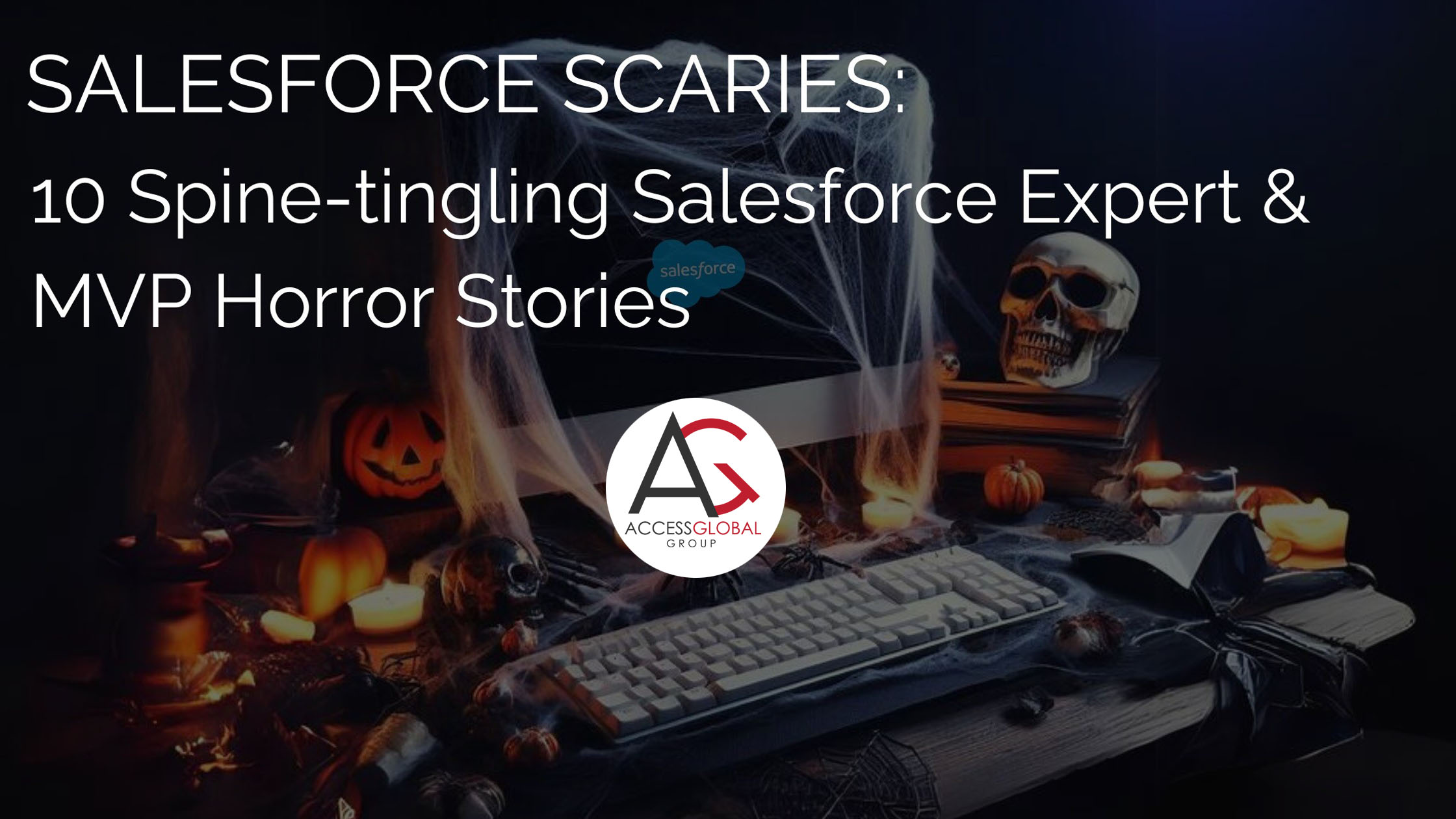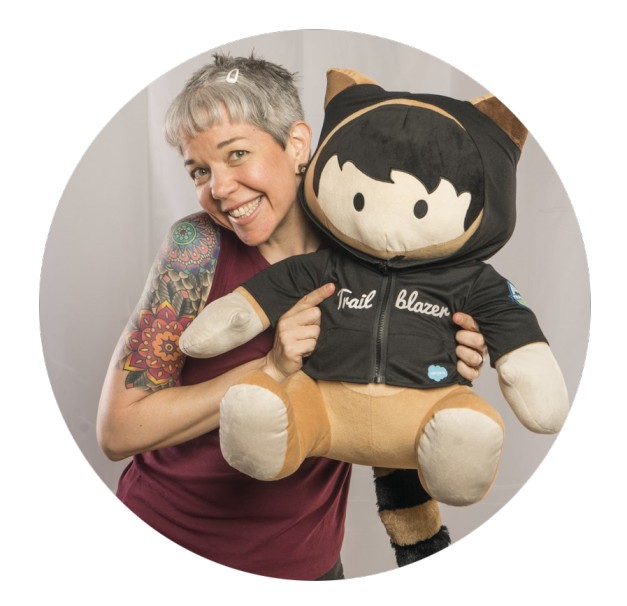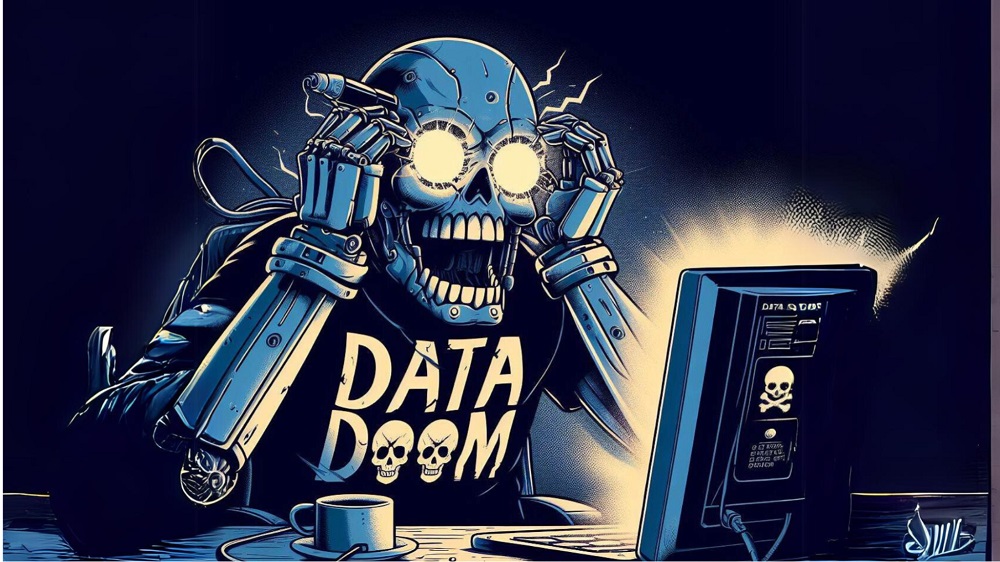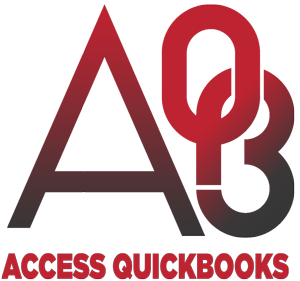Salesforce Scaries 👻: 10 Spine-tingling Salesforce Expert and MVP Horror Stories
Jenna Trott | OCTOBER 28, 2023 | 5 Minute Read

Skeleton trees clang in the darkness of night, shadows stretch long, and specters stir, preparing for their midnight haunts. But lurking beneath the surface, something far more ominous than witches and ghostly apparitions awaits — do you feel that prickle at the back of your neck too?
All of this can only mean one thing…it’s heeeeerrrreeeee.
Yup – our annual Salesforce Scaries edition is back with more spine-tingling tales of Frankenstein orgs and Invaders from Mars – but this time, no one is safe. Check out these Salesforce horror stories from some of the leading professionals and MVPs within the world of Salesforce.


Something Spooky in the Sandbox
Submission by: Manny Travieso | Consultant at T2 Nomads | Community Mentor
“I spent 40+ hours building a specialized implementation in a partial sandbox that included many layers of automation. I was down to the last few tweaks and the project would be ready for client acceptance testing. On my last attempt to login before officially handing it off to the client, I immediately found my credentials were no longer valid. To my horror, the client refreshed the Sandbox! Because it was identified quickly, Salesforce was able to restore the Sandbox. Had that not been the case, it would have been a completely new build. Pause for a moment to exhale with me and reflect on how important documenting requirements are!
Communication and announced scheduling is key to avoiding these types of errors. Understand who’s working in your Sandboxe(s), both internally and externally, and the projects that can/will be impacted.”


Ghost Record Factory
Submission by: Skye Tyler | Solutions Architect at Attain Partners | Salesforce MVP | Mentor at Merivis Foundation | Salesforce Military (formerly Vetforce) Community Member at Salesforce
“Updates to some custom code were needed. The code was supposed to create child records for related existing records when certain conditions were met, then update a field on the parent to indicate that the child records were created. It was tested in a developer environment as a single run of the job and then pushed to production. Somehow the update to the parent record failed. This batch job ran hourly, creating tens of thousands of records EVERY HOUR, until we were able to push out a patch!
If this had been tested in a full sandbox with all other scheduled automation running, we might have caught the issue earlier and avoided this very scary ghost record factory situation!”


Oh, the Horror!
Submission by: Chris Gardner | Global Technical Success Architect at Salesforce | Sr. Solutions Architect at SaltClick | 27x Salesforce Certified Architect
“I was working through a large CPQ implementation project. We were about 90% of the way through the configuration and development when the client refreshed the sandbox we were working in. Over 6 months of work was accidentally deleted by a junior admin!
Thankfully I had some local backups of code and some of the configuration, but it still pushed our go-live date by 5 weeks and cost the client more money. The moral of the story: always back up your work, and be careful when refreshing sandboxes!”


Something Wicked This Way Comes…
Submission by: Vanessa Grant | Product Owner and Manager, Salesforce at Mosaic | Clicked Coach at Clicked | DF22 & DF23 Speaker
“A previous company I was at thought the email integration with Outlook was straightforward, so not too much testing was done before pushing to production. About an hour later, the team received a call from a frantic VP letting them know that the CEO’s entire calendar, details and all, was visible to everyone with access to Salesforce. It got fixed within a few hours, but it was a pesky little inconspicuous checkbox that was responsible for throwing the entire executive team into a panic.
This could have all been avoided if the team had a more formal DevOps process that included a robust testing strategy.”


Ghost Pilots
Submission by: Cyril Louis | CEO & Co-Founder at Mavericx | Salesforce MVP | Salesforce Platform Champion | Digital/CX/CRM Public Speaker, Lecturer & Author
“A startup sought the support of a partner to implement additional features and streamline existing processes. Before embarking on this new project, my standard practice involves conducting an Audit & Health Check and – oh my! 😱
Despite having only around 20 users – all of them held the title of System Administrator. Some were still active, while others had departed from the company months ago. Strangely, nobody could provide a clear reason, and the common response was, ‘Salesforce is so user-friendly that we don’t require an Admin; anyone can handle their own needs.’
But, here’s the twist: The free rein given to everyone resulted in the creation of hundreds of custom fields, most of which remained vacant. Each user had gone ahead and crafted their own fields to track similar information!
Picture this: 20 different fields for capturing customer industry or a whopping 10 fields for product interest. It’s no wonder the reports turned out to be wildly inaccurate!
This could have been easily avoided by applying a very basic security principle of less privilege, and consistently monitoring key permissions to ensure users haven’t been over-provisioned special privileges! When possible, assign users the Minimum Access – Salesforce Profile, and then use Permission Sets and Permission Set Groups to grant users only the permissions that they really require.
Failing to take these precautions can result in significant repercussions. Giving too much access could lead to accidental changes that harm important business operations, loss of vital data, or mess up your data model and your reporting.”


The Twilight Zone
Submission by: Pete Lyons | TCRM Architect at Huron | Salesforce MVP | Co-Lead Salesforce Buffalo User Group
“Before scheduled flows, a client couldn’t figure out how to get their automation criteria to fire off a formula that contained the today() function, so they had two process builders running like a pendulum that would set a checkbox to be checked or unchecked 12 hours later to check and see if the formula met their criteria yet. This fired on every single record of the object…every 12 hours…
When I found it, they were already at the point where this would overflow the hourly cap for time-based workflow actions and this was on the verge of grinding all time-based to a halt. This same client also wanted everyone to have read-only access to all accounts and used a sharing rule where ‘Account Name’ is not equal to ‘Game of Thrones is my jam’.
Fortunately, we now have scheduled flows to solve for this, and if you ever need something to always be true, just try ‘true.’”


Creepy Coding
Submission by: Grissell Cabrera | Salesforce Director at The Ksquare Group | Salesforce MVP | Monterrey Chapter Director Women Who Code
“We began working with a client who had a previous implementation of Salesforce. Our task was to provide support and maintenance services. While working on the accounts object, I discovered that there were two triggers for the same object. Additionally, I found that the triggers were more than four thousand lines of code long, without comments or any documentation!
It was a nightmare to make the requested adjustment. However, after discussing it with the client, we decided to implement the handler class. This would enable us to pass all the logic of both triggers and have a single trigger on the accounts object. In addition, we commented on the handler’s classes and methods and ensured the corresponding test class.
By working closely with the client, we were able to pinpoint the problematic practices in the Apex code and create a comprehensive plan to address them. Our collaborative approach allowed us to deliver effective solutions to improve overall performance.”


Data Doom
Submission by: Joseph Kubon III | Managing Delivery Architect at Capgemini | Salesforce MVP | Leader San Antonio Architect Trailblazer Community
“In the darkest corner of the Salesforce realm, I stumbled upon an org like no other. This company believed they sold only one product per opportunity. Rather than use the standard product relationship, an in-house Admin previously created a custom field called “Product”, related to a lookup object called ‘Products.’ When they wanted to sell more than one product per opportunity, they asked to convert all of this data into the standard product and opportunity line items. Our task was to merge Products__c into Products.
If the Admin advocated for future use cases and scalability – for example, cross-selling on teams – they could’ve planned on using the standard Opportunity Line Items from the start and avoided building in technical debt. It’s better to build for the ‘Art of Possible’ than merely re-pave the road.”


Digital Doppelgängers
Submission by: Om Prakash | Founder & Salesforce Technical Architect at AppyCrown Private Limited | Salesforce MVP | Corporate Trainer | Mentor
“During a call with a prospect, I discovered that they were using multiple custom objects in their Salesforce org to manage almost identical sets of data. This redundant setup was causing confusion and inefficiencies for their team. I knew there had to be a better way.
I proposed a solution that involved utilizing one standard object and one custom object, each with different record types to meet their specific requirements. I showcased the power of multiple page layouts and record types, making it an easy but impactful change. The prospect was impressed by the simplicity and effectiveness of this solution, which ultimately led to a great engagement for my team at AppyCrown Private Limited.
But the story doesn’t end there. This prospect also had numerous workflow rules, most of which included update actions. Recognizing an opportunity for improvement, I suggested migrating these workflows to Salesforce Flow. The idea was well-received, and we ended up with an exciting project engagement for the implementation of Salesforce Flow.
This experience reinforced the importance of having a solid understanding of the foundation of the platform and being open to learning. It taught me that you shouldn’t be shy about asking questions and seeking out new solutions. Sometimes, small but impactful changes can make all the difference in creating a more efficient and effective Salesforce environment.”


Data Dystopia
Submission by: Divs Chauhan | Salesforce Solutions Architect at Kcloud Technologies | Founder at Divyaedu | Salesforce MVP | Salesforce Community Group Leader |
“I once worked with a client on a Salesforce implementation project, and we encountered a nightmare when their existing data was poorly maintained. The data was riddled with duplicates, incomplete records, and inconsistent data entry practices. This made it extremely challenging to migrate and integrate their data into the new Salesforce instance.
To avoid this problem, data cleanup and standardization should have been a priority before beginning the Salesforce implementation. Implementing data validation rules and providing proper training for data entry personnel would have been crucial steps in preventing this data nightmare.”

Yikes…why don’t we leave the horror storytelling to Mary Shelley, Bram Stoker, and Stephen King?
Are you being haunted by a past Salesforce project that went terribly wrong? Access Global Group, a Salesforce Summit (Platinum) level partner, boasts almost two decades of experience in Salesforce support, maintenance, and management services. Our team of certified experts is intimately familiar with Salesforce, ensuring that every aspect of your project is thoroughly examined and any issues are swiftly resolved with precision. Our team has received 5-star ratings on both the Salesforce AppExchange and G2, thanks to our unique combination of global deployment expertise and boutique firm agility. We follow a project methodology that prioritizes our clients’ needs and places them at the forefront of every decision. Our ultimate goal is to help our clients achieve success, which is why we are committed to delivering solutions that align with their evolving aspirations and requirements.
Don’t settle for a one-size-fits-all approach to Salesforce. Contact us to learn how our team of experts can tailor solutions that meet your specific needs and deliver tangible results.
Get the latest Salesforce news
Subscribe to get the latest Salesforce blogs, guides, industry reports, events, and all things Salesforce related!
From proposals to quotes, contracts and more, Access Docs allows users to create and send consistent and accurate documentation to clients in a few simple clicks.
A seamless connection between Salesforce and QuickBooks. With automation of key processes, this application works to eliminate manual and duplicative efforts to empower your team.
A seamless connection between Salesforce and QuickBooks. With automation of key processes, this application works to eliminate manual and duplicative efforts to empower your team.
Let's Get Started on Your Salesforce Project!
Salesforce
PLATINUM
PARTNER
Salesforce
APPEXCHANGE![]()
G2
USER REVIEWS![]()






